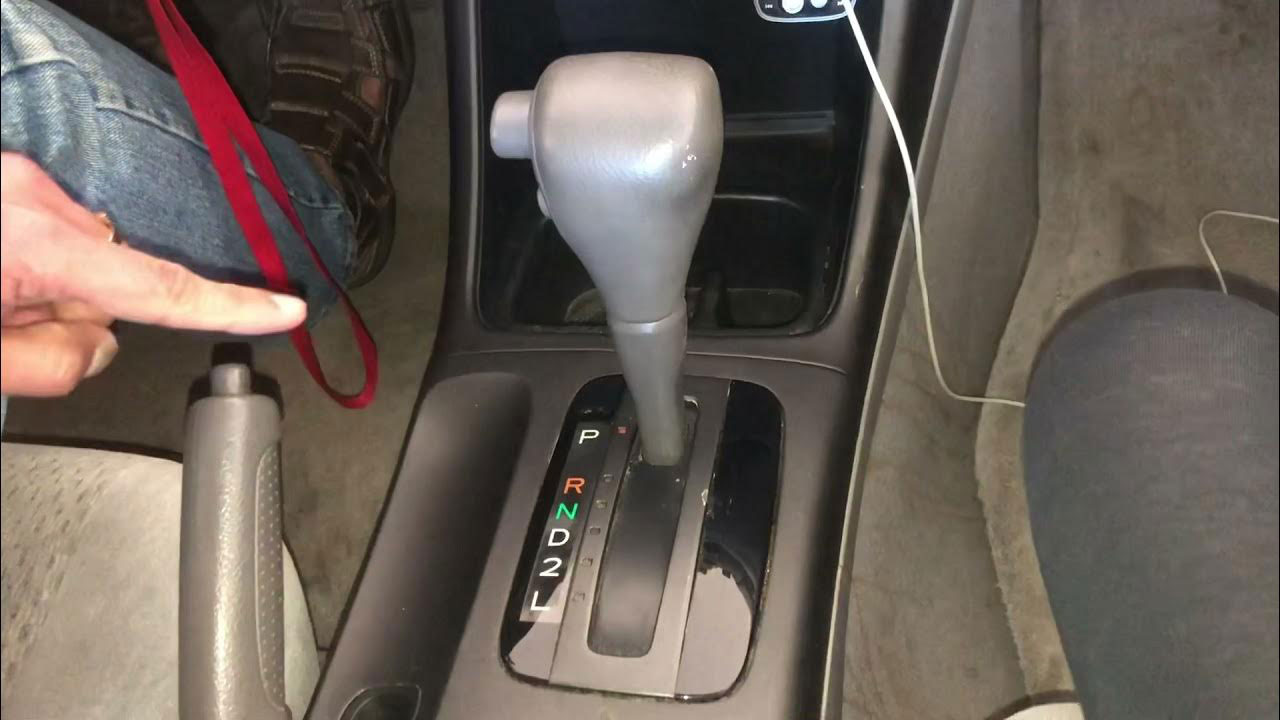A dead car battery is a frustrating experience for anyone, especially when you drive an automatic. Automatics present unique challenges – unlike manual cars, which can sometimes be push-started. But don’t panic! There are ways to move your vehicle safely. Here's a step-by-step guide to help you navigate this situation.
1. Safety first: Prioritise your well-being
Before attempting to move your car, prioritise your safety and those around you:
Turn on your hazard lights (if possible)
If your battery has a sliver of power, activate your hazard lights. This will alert other drivers to your situation and minimise the risk of accidents.
Put your park brake on
Make sure your parking brake is firmly engaged. This will prevent the car from rolling unexpectedly, especially if you're on an incline while you figure out what to do with your vehicle.
Take stock of your surroundings
Unfortunately, batteries don’t always die when your car is in the garage. Often, you will be stuck in a carpark or at the shops, so take a moment to assess your surroundings. Check for obstacles, pedestrians and traffic. If you’re on a busy road, consider calling for professional assistance like RACQ or roadside assistance.
2. Understanding transmission lock: The automatic barrier
Automatic transmissions have a built-in safety feature that locks the gear selector in "Park" when there's no power. This prevents the car from rolling. To be able to move your vehicle, you will need to override this feature.
What is the shift lock mechanism?
Most modern automatic cars have a shift lock mechanism, preventing you from shifting out of "Park" without an active electrical system. This will often look like a small button or cover near the gears, sometimes with a small slot for inserting a key or a thin tool like a screwdriver. Some other possibilities, though less common, can include:
- A hidden release lever is usually located under a trim panel near the shifter.
- An electronic button integrated into the gear shifter itself, which requires pressing the brake pedal and/or having the key in the ignition.
It's always best to consult your owner's manual for the exact location and operation of the shift lock override in your specific vehicle model.
Check for a manual override
Many vehicles have a manual shift lock release button or slot. Consult your owner's manual to locate it. It’s often near the gear shifter. You may need to insert a key or screwdriver to manually release the lock. This is crucial if you need to push the car.
3. Jump-starting the battery: A quick power boost
If you have access to a power source, jump-starting is the most straightforward solution to get your car moving again:
Get yourself some jumper cables & donor vehicle
You can jump-start your battery if you have jumper cables and another vehicle. Ensure both vehicles are turned off before connecting the cables. Follow the correct sequence (positive to positive, negative to ground).
Consider a jumpstarter pack
A portable jumpstarter can be a lifesaver. These devices provide a quick power boost without needing another vehicle. Many people will keep one in the boot for emergencies.
Jump starts will depend on your battery condition
If your battery is dead or damaged (eg. cracked case, leaking acid), jump-starting may not work. You'll likely need a replacement.
4. Alternative movement methods: When jump-starting isn't an option
If jump-starting isn’t possible, you may want to consider the following methods:
Simply push the car
If you can manually override the shift lock and put the car in "Neutral," you might be able to push it. This requires significant effort and is best done with help. Be cautious, especially on inclines, busy roads or areas where there are people.
Get a tow
Towing is the safest option, especially for long distances. A flatbed tow truck is recommended to avoid damage to the transmission. Never tow an automatic car with the drive wheels on the ground for extended periods or at high speeds.
Dolly or wheel skates
A dolly or wheel skates can be used for short movements in tight spaces. These tools lift the wheels off the ground, allowing you to move the car. However, you still need to get the car into neutral.
5. Checking for electrical issues: Beyond the battery
Sometimes, the issue isn't just the battery so you may want to check for loose or corroded battery terminals. Clean and tighten them if necessary. Corrosion can prevent proper electrical flow and stop power getting from your battery to where it’s needed.
A blown fuse can also cause a no-power situation. Check your fuse box for any blown fuses related to the electrical system or transmission. Consult your owner's manual for fuse locations and diagrams.
6. Preventing future issues: Staying ahead of the game
Avoid future battery problems with these handy tips:
Maintain your battery
Regularly check your battery's health. Clean the terminals and ensure they're tight. Consider using a battery tester to assess its condition.
Keep a portable jump starter
Keep a portable jumpstarter in your car for emergencies. This can save you time and hassle. You can pick them up from most automotive or car accessory stores.
Avoid draining the battery
Turn off all lights, accessories and electronics when the car isn't running. Also avoid leaving your car's accessories on for extended periods.
Following these steps, you can safely move your automatic car with a dead battery and take preventative measures to avoid future issues. Remember, when in doubt, call for professional assistance.

